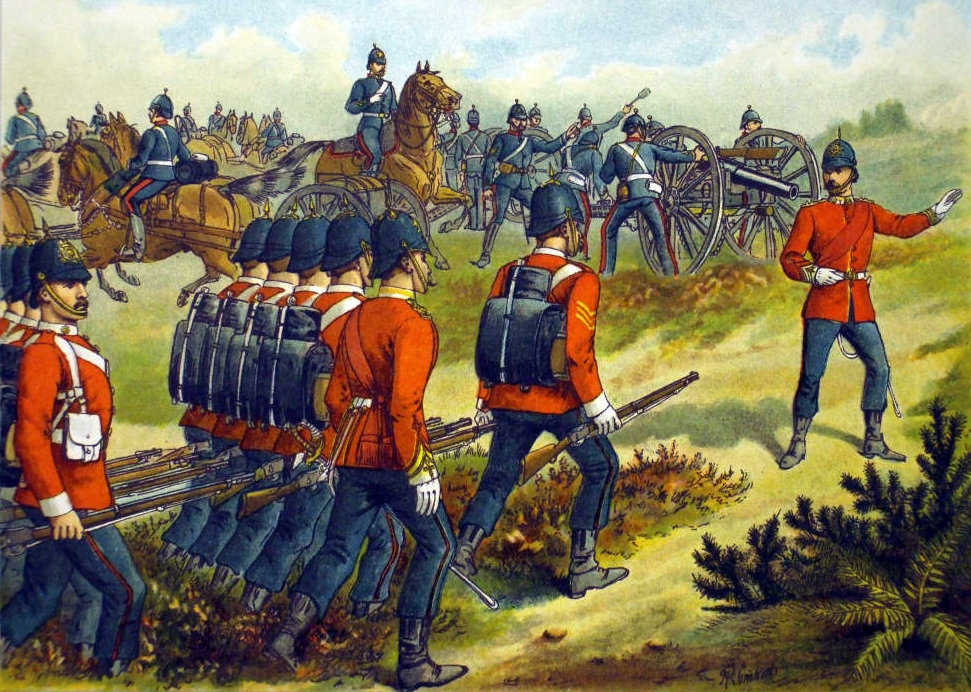
“These aircraft were selected for the National Army Museum because of their exceptional ability to tell the story of our Army and those who served.”
By Dan Gregory, Special to MHN
THE FUTURE Museum of the United States Army, expected to open in 2020 at Fort Belvoir, Virginia, is still little more than a bustling construction site.
But earlier this year, installation teams carefully hoisted two historic artifacts to their permanent locations high above their future galleries: a UH-1B Iroquois or “Huey” helicopter and a Sikorsky R-4B.
Officers, members of the media and representatives of the Army Historical Foundation gathered in hard hats and fluorescent safety vests on Jan. 31 to watch first as the Vietnam-era chopper was carefully raised into place.

The Huey was flown by the 129th Aviation Company, 10th Combat Aviation Battalion in Vietnam. The snake insignia displayed on the front of the aircraft signifies the company’s gun platoon, “the Cobras,” who used the Huey to fire rockets and machine guns in support of assault helicopters, ground troops, and motor convoys.
The aircraft was flown by a pilot and co-pilot and could carry up to 13 passengers. As museum visitors view the aircraft from the ground, they will see three life-size cast figures inside portraying the crew and a door gunner in period uniforms.
The R-4B was installed the following week on Feb. 5. Commonly known as “the Sikorsky,” it was the world’s first helicopter to be mass-produced and is one of the few surviving examples left anywhere.

The two-seat aircraft was designed and named for Russian-American aviation pioneer Igor Sikorsky. The museum’s R-4 machine was restored with the markings of the helicopter that was used in April 1944 in the China-India-Burma theatre to carry out the first combat rescue mission of a downed aircrew ever conducted by helicopter.
“These aircraft were selected for the National Army Museum because of their exceptional ability to tell the story of our Army and those who served,” said Tammy Call, director of the National Museum of the U.S. Army. “The Sikorsky represents the army’s innovation in technology and engineering, which helped accomplish historic firsts in aviation.”
“The Huey is ingrained in the memories of so many soldiers, and those Americans who lived during the Vietnam War will remember that iconic helicopter flying across their television screens every night on the evening news,” Call added.
The National Museum of the United States Army will be the only facility in the Army Museum Enterprise dedicated to preserving and promoting the entire history of America’s oldest and largest military service.
Currently, the U.S. Army is the only American military service without a national museum. The site is expected to draw upwards of 700,000 annual visitors when it opens next year.

“The installation of these historic aircraft marks yet another milestone in our campaign to build a national museum that tells the stories of the 30 million men and women who have served in the U.S. Army,” said Brig. Gen. Creighton Abrams, Jr. (USA-Ret.), executive director of the Army Historical Foundation, the nonprofit leading the campaign to build the museum. “As we continue construction, we are calling on the citizens of our nation to contribute what they can to help us bring this magnificent museum to life.”
For more info, visit the National Museum of the United States Army.









